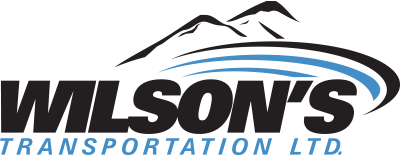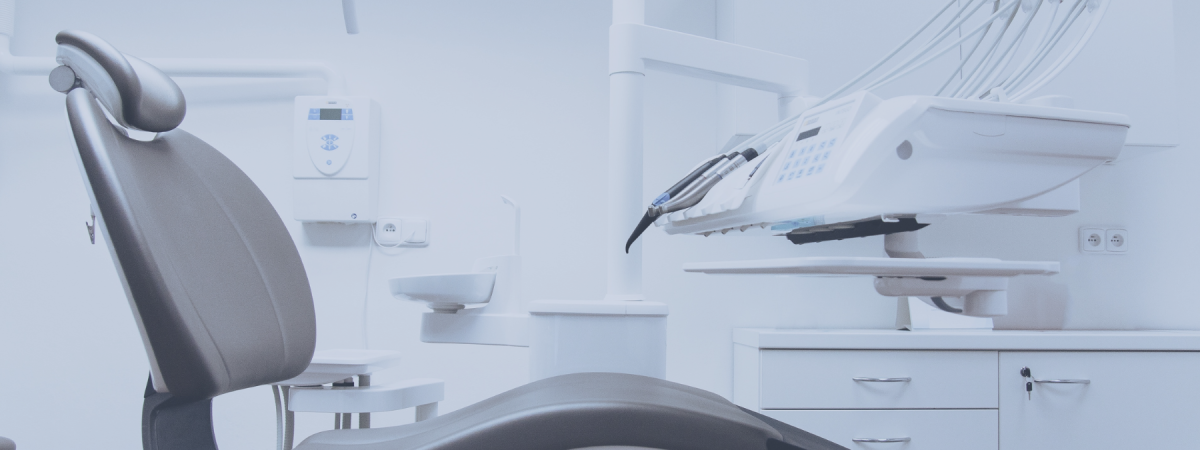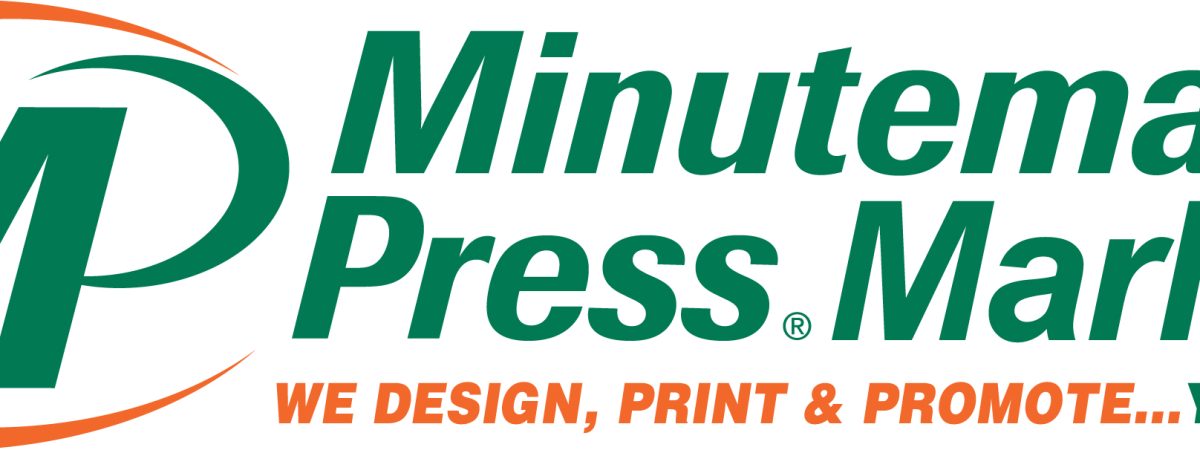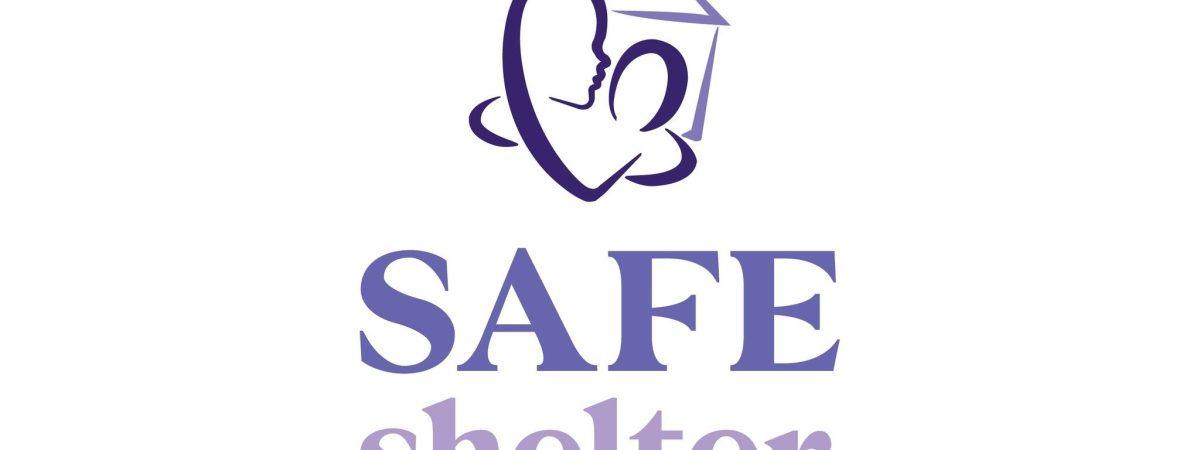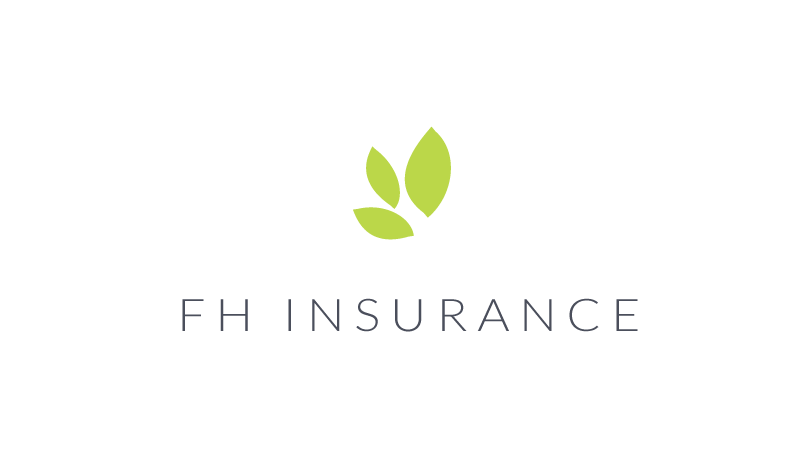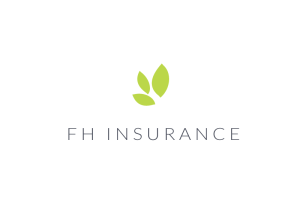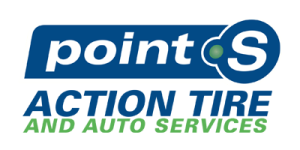Cal Wilson / July 15, 2024
Can indirect cost procurement help your dental practice weather the storm?
Here’s a universal truth – difficult economic times often lead to difficult choices. The choices can be even harder if you’re a business owner or manager. With your company and your staff relying on your leadership, the stress relating to financial decisions can be overwhelming.
Dental practices may be among the many businesses to feel the challenges posed by inflation, supply chain issues, and staffing shortages. With consumer dollars stretched thin, your regular patients may even feel unable to afford regular dental care. Faced with such challenges, many businesses turn to cutting staff or reducing services.
Rather than making a decision that could potentially hurt your business in the long run, consider another, more strategic method of reducing your costs.
How do you cut costs without hurting your business?
The answer is simpler than you think. Instead of cutting staff or services, focus on your indirect operational expenses. Indirect expenses are costs not associated with your cost of goods sold or labor; this includes cost categories like telephone and internet, credit card processing, waste disposal, facility supplies, uniforms, and more.
Indirect cost procurement is the process of finding sustainable reductions to these costs; meaning they increase your bottom line without impacting your business’ operations.
Altogether, indirect costs can represent around 15% of your practice’s annual budget. In my experience, many business owners either don’t have the time to assess these expenses or don’t have the knowledge or tools to look for ways to reduce them.
Your practice might be overpaying.
My business, Schooley Mitchell, has been working with businesses and organizations across North America for over twenty years, reducing their operational expenses across thirteen different cost categories. We’ve found that many businesses don’t even know they’re overpaying vendors. Our indirect cost procurement process helps reduce these expenses by an average of 28% – which can amount to some significant savings.
For dental practices, one of the expenses we find needs optimizing the most is their merchant services and waste disposal spend. Recently, we helped deliver roughly $28,000 in payment processing savings to a two-location practice. For another dental practice, we found they were overspending by 29% on medical waste collection and 16% for general waste collection. We were able to negotiate with vendors to achieve a fair market rate.
Best practices in indirect cost procurement.
So you want to begin cutting indirect costs, but where do you start? Here is my five-step recommendation for indirect cost procurement that any practice can follow:
- Identify and track indirect costs: It is important for your practice to have a clear understanding of what your indirect costs are and how they are incurred. This may involve setting up systems to track and allocate indirect costs to specific projects or activities.
- Set budget and cost control measures: Businesses can set budget and cost control measures in place to help manage indirect costs. This may involve setting limits on spending or implementing processes to review and approve indirect cost expenditures.
- Negotiate with suppliers: Practices can negotiate with suppliers to get the best possible prices on indirect costs. This may involve seeking out new suppliers, negotiating contracts, and leveraging the business’ purchasing power.
- Implement cost-saving initiatives: Businesses can implement cost-saving initiatives to reduce indirect costs. This may involve streamlining processes, using technology to automate tasks, or consolidating vendors.
- Monitor and review indirect costs: It is important for you to regularly review and monitor indirect costs to ensure that they are being managed effectively. This may involve conducting cost-benefit analyses, comparing costs to industry benchmarks, and identifying opportunities for cost reduction.
In conclusion…
Admittedly, these five steps can be time consuming and feel a bit daunting. However, 15% or more of your practice’s annual budget is no small thing, and with an ever-changing economic environment, that piece of the pie could go from important to critical in the blink of an eye.
Your time is valuable, and so is your budget. If you don’t want to choose between cutting costs and doing the work you love, I’d be happy to arrange a time to talk about how Schooley Mitchell can do a risk-free analysis of your indirect costs. The best part? Our fees are self-funded from a portion of the savings we find – meaning, if we don’t find savings, our work comes at no cost.
